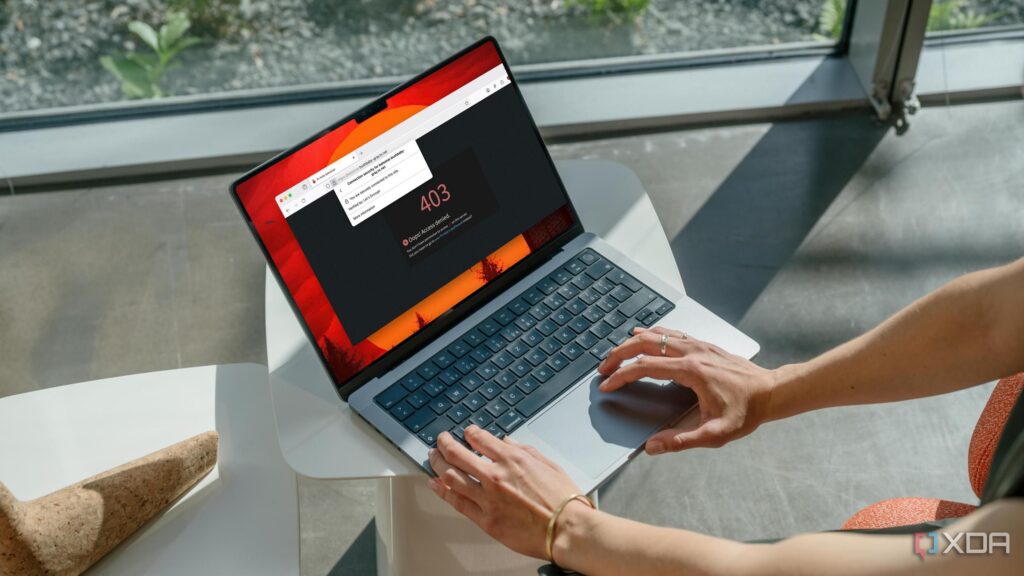
UPDATE: A wave of users is transitioning from Tailscale to Headscale as self-hosting solutions gain prominence amidst growing concerns over cloud dependency. This shift is fueled by fears of potential service disruptions and an increasing desire for control over personal networks.
As of October 2023, tech enthusiasts and self-hosting advocates are exploring Headscale, an open-source alternative to Tailscale’s control plane. This development is significant for those looking to maintain network functionality even during internet outages, aligning with the broader ethos of reducing reliance on external cloud services.
Headscale offers a unique solution for managing personal networks, known as tailnets, but it isn’t without limitations. It is designed primarily for individual use, making it suitable for home lab enthusiasts but potentially restrictive for those needing to segment multiple networks. Users report that while Headscale replicates many of Tailscale’s features, critical components like dynamic ACLs and advanced management tools such as Funnel and Serve are absent.
Furthermore, a crucial hurdle for many is the need for a dedicated IPv4 or IPv6 address from their Internet Service Provider (ISP) to operate Headscale effectively. With CGNAT (Carrier-Grade NAT) complicating access for users in various regions, many find that the primary advantage of using Tailscale—securely bypassing firewalls—becomes problematic.
The decision to switch hinges on individual risk assessments. While some users appreciate the freedom that Headscale provides, the lack of a migration tool from Tailscale adds a layer of complexity, requiring users to manually reconnect devices to the new system.
Headscale’s management interface has also garnered mixed reviews. While the command-line interface (CLI) is manageable for tech-savvy individuals, less experienced users may find it cumbersome. Alternatives like Headplane offer a more user-friendly GUI, but challenges remain, particularly related to connecting to Headscale without default configurations.
The implications for users are significant. Tailscale’s user-friendly interface and robust infrastructure streamline the deployment process for many, making it a preferred solution for those prioritizing ease of use over self-hosting control. Tailscale’s architecture allows for seamless updates and connectivity, minimizing friction during operation.
In contrast, users adopting Headscale must weigh the benefits of self-hosting against the potential for increased complexity and downtime. The recent uptick in Headscale adoption reflects a growing trend among tech enthusiasts to regain control over their network environments, but the trade-offs may not be worth it for everyone.
As this trend develops, potential users are advised to consider their specific needs and technical capabilities. While Headscale can empower those looking to decrease cloud dependency, it may not provide the simplicity and reliability that many users have come to expect from Tailscale.
Stay tuned for further updates as the self-hosting landscape evolves and more users share their experiences with Headscale and Tailscale solutions.





